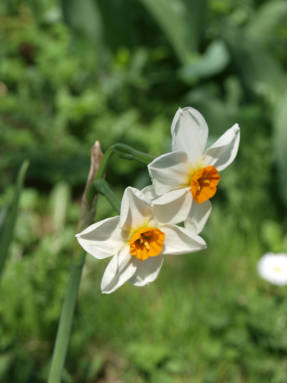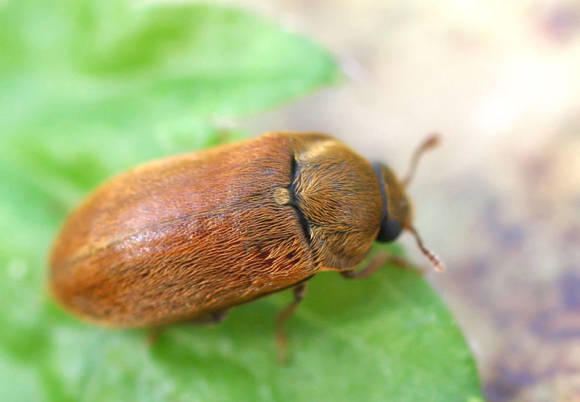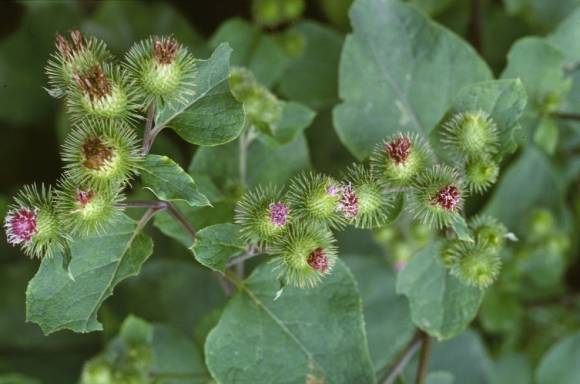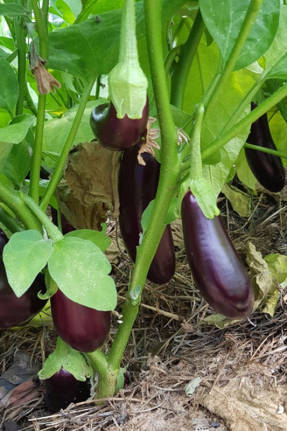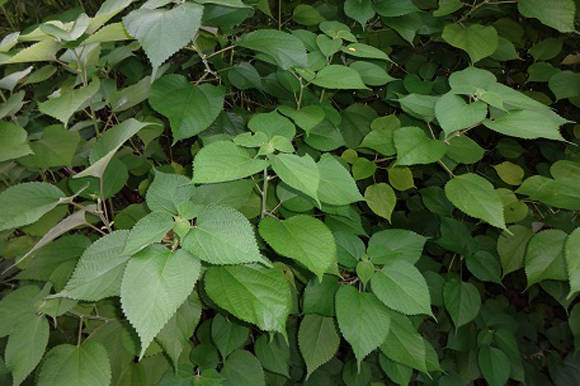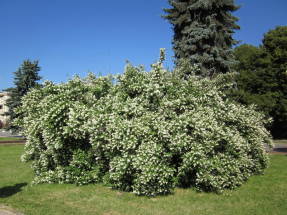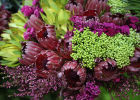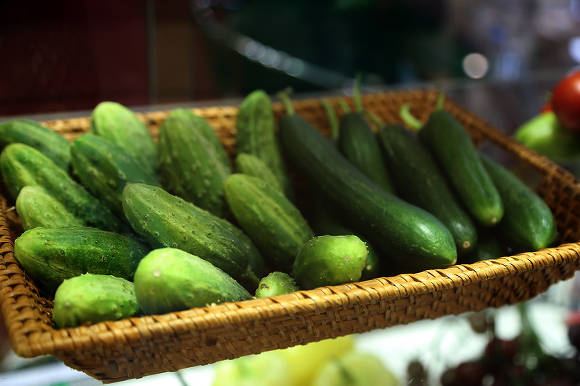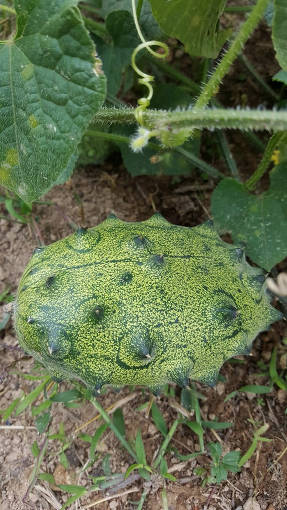The great advantage of astilba is the ability to grow and develop well in partial shade, in areas protected from direct sunlight. With too much shading, astilbe will bloom poorly. The excellent quality of astilba is its high winter hardiness. In addition, this culture is practically not affected by diseases and pests, only occasionally a drooling penny and nematodes appear.

Planting and leaving
When choosing a site for planting astilba, preference should be given to areas with diffused lighting. Loamy and peaty soils are suitable for it, sufficiently moistened throughout the growing season. In places with stagnant waterlogging, damping of plants can occur. Places near water bodies, near fountains and pools are especially favorable for planting.
In flower beds, astilba is planted at a distance of 30-40 cm from each other. When planting, the rhizome is placed at a depth of 20-25 cm, so that there is a 3-5 cm layer of soil above the renewal buds. After planting, the soil around the plants is mulched with a layer of peat or humus, which retains moisture in the soil and limits the development of weeds. Plants are watered regularly for 2 weeks until they are fully rooted. Watering is necessary in dry and sunny weather. Astilba responds well to feeding in spring and summer with organic and complex mineral fertilizers.
In many varieties of astilba, over time, the upper part of the rhizome is exposed, rising above the ground in the form of a hummock. Such a change occurs when a plant is grown in one place without transplanting for 3-4 years. It is useful in spring or autumn to mulch with peat around the plants. The thickness of the mulch layer depends on how far the astilba rhizome has risen above the ground. If you do not cover the plants, then the buds of renewal will fall into unfavorable conditions, while the flowering will weaken and the inflorescences will become smaller. In this regard, it is recommended to grow Astilba in one place without transplanting for no more than 5 years.
In the spring, the growing season of astilba begins relatively late, when the daytime air temperature is stable at not lower than + 100C. Therefore, if the spring is late and cold, then astilbe starts to grow only in late May and early June. The flowering period is 1-3 weeks. After the end of flowering, it is recommended to cut off all faded inflorescences in order to preserve the decorative effect of the plantings. Pruning of the entire above-ground part is carried out in late autumn.
Since astilba is a winter-hardy plant, shelter is not required in winter.
Vegetative propagation

Most often, astilba is propagated by dividing the bush, since this is the simplest and most reliable way of propagation. Adult large specimens are dug out of the ground after 3-4 years, and their hard woody rhizome is divided with a sharp knife or shovel into several parts, leaving 2-3 buds on each part. When dividing the bush, it is recommended to remove the lower parts of the rhizome, since they will die off, and the growth will go due to the upper part of the rhizome. Immediately after dividing, smaller parts of the bush are planted or added dropwise so that the roots do not dry out.
The best breeding time for Astilba is early spring, before flowering. If reproduction occurs in the fall, in late August - early September, then it takes time for the plants to take root before the onset of cold weather. The transplanted plants take root well and do not die. They bloom normally the next year.
Seed reproduction
Most often, astilba is propagated by seeds in order to breed new varieties. Due to the fact that its seeds are very small, they are visible only through a magnifying glass, they are difficult to detect. 1 g contains 20 thousand seeds. They are tied a little, and when mature, they quickly spill out of the boxes.To collect the seeds, cut the inflorescences in September and place them in a dry, warm place on paper. After 15-20 days, to extract ripe seeds, the panicles are shaken, and the sprinkled seeds are collected in a bag.

Sowing is best done in late February and March in a 15 cm high box or flower pot, indoors or in a greenhouse. The box is filled with a loose, fertile earthy mixture. After the earth is compacted and completely saturated with water, the seeds are scattered over the surface, without embedding. The soil is covered with glass or plastic wrap to maintain moisture. Sowing should be watered regularly using a spray bottle. Seedlings appear 2-3 weeks after sowing. Cold stratification for 1 month at a temperature close to 00C, accelerates seed germination and increases their germination (up to 70-90%). When the first true leaves appear, the seedlings dive carefully. Young plants are regularly hardened, and in early summer or autumn they are planted in open ground.
For planting, choose places protected from direct sunlight, best of all under the canopy of trees. Young plants do not tolerate drought well and needs constant moisture. They are hardy, but in the first winter it is better to cover them. Under favorable conditions, astilba can bloom for 2-3 years after sowing.
